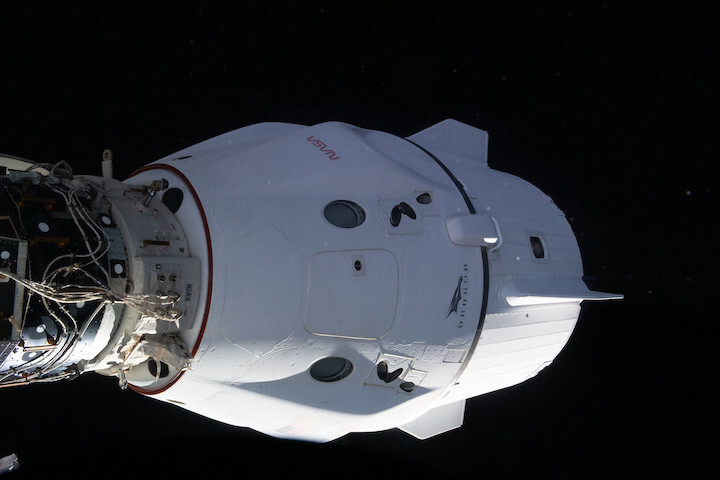11.06.2022

NASA says it plans to buy five more crew rotation missions on SpaceX’s fleet of Dragon spaceships, bringing SpaceX’s contract with the space agency to 14 operational astronaut launches, likely enough to keep the International Space Station staffed through 2030.
The five additional Dragon missions help ensure NASA maintains two independent crew transpiration providers, with SpaceX and Boeing alternating astronaut missions every six months once the agency certifies Boeing’s Starliner capsule for the job, the agency said in a June 1 statement.
NASA awarded SpaceX and Boeing commercial crew contracts in 2014, helping fund development of the Crew Dragon and Starliner spacecraft. The contracts guaranteed each company at least six operational crew flights to these station, following test flights and certification.
SpaceX launched its first test flight with astronauts in May 2020, and began executing its operational crew rotation missions to the station with the launch of the Crew-1 mission in November 2020. SpaceX launched its fourth crew rotation flight for NASA in April. The fifth SpaceX crew rotation mission is set to lift off in September, followed by the Crew-6 launch in the first half of 2023.
Meanwhile, Boeing’s progress on the Starliner program has been slower. The Starliner docked with the space station for the first time on an unpiloted test flight last month, finally accomplishing a key test objective originally planned for a demo mission in late 2019.
NASA officials said after the successful Starliner test flight last month that Boeing’s first crew test flight could launch late this year or in early 2023. Assuming that flight goes well, the first operational Starliner mission to the space station could launch in late 2023.
Most expeditions on the International Space Station last about six months. SpaceX has flown all of NASA’s astronaut missions to the station since starting service in 2020, picking up crew transportation previously provided by Russia’s Soyuz spacecraft.
But NASA wants an alternating cadence between SpaceX and Boeing once the Starliner comes online, with each company flying one long-duration crew mission for the agency each year, not counting fully commercial private astronaut flights. The Dragon and Starliner capsules can each ferry four astronauts to and from the space station.
“Our goal has always been to have multiple providers for crewed transportation to the space station,” said Phil McAlister, director of commercial space at NASA, in a statement. “SpaceX has been reliably flying two NASA crewed missions per year, and now we must backfill those flights to help safely meet the agency’s long-term needs.”
Assuming Boeing can launch its first operational Starliner mission in late 2023, its six crew flights will carry NASA through 2028. SpaceX’s 14 crew rotation missions to the space station would run through 2030, keeping the company’s fleet of Dragon capsules and Falcon 9 rockets in service through the rest of this decade.
SpaceX eventually wants to retire the Falcon 9 and Dragon vehicles in favor of the fully reusable next-generation Starship launch system.
Boeing’s Starliner spacecraft is designed to launch on Atlas 5 rockets from United Launch Alliance. The Atlas 5 is also nearing retirement as ULA transitions to its next rocket family, the Vulcan Centaur. ULA has set aside Atlas 5 hardware for Boeing’s six operational Starliner missions, but Boeing would need to work with ULA to certify the Vulcan rocket for human missions, or switch to another launch provider, for any additional Starliner crew flights.
“The recent success of Boeing’s uncrewed flight test is helping to solidify NASA’s long-term goals,” said Steve Stich, manager of NASA’s commercial crew program. “It’s critical we complete Starliner’s development without undue schedule pressure while working to position both Boeing and SpaceX for sustainable operations in the years ahead.”
NASA announced in February that it purchased three more Crew Dragon missions beyond the six originally part of SpaceX’s commercial crew contract. That contract extension was valued at $776 million, or about $64.7 million per round-trip astronaut seat.
The Biden administration announced last year it supported extending U.S. operations on the International Space Station though 2030. NASA is working with commercial companies to develop private space stations that could replace the ISS after its decommissioning.
NASA said the planned extension of ISS operations required the agency to procure more crew missions to the complex.
Quelle: SN
